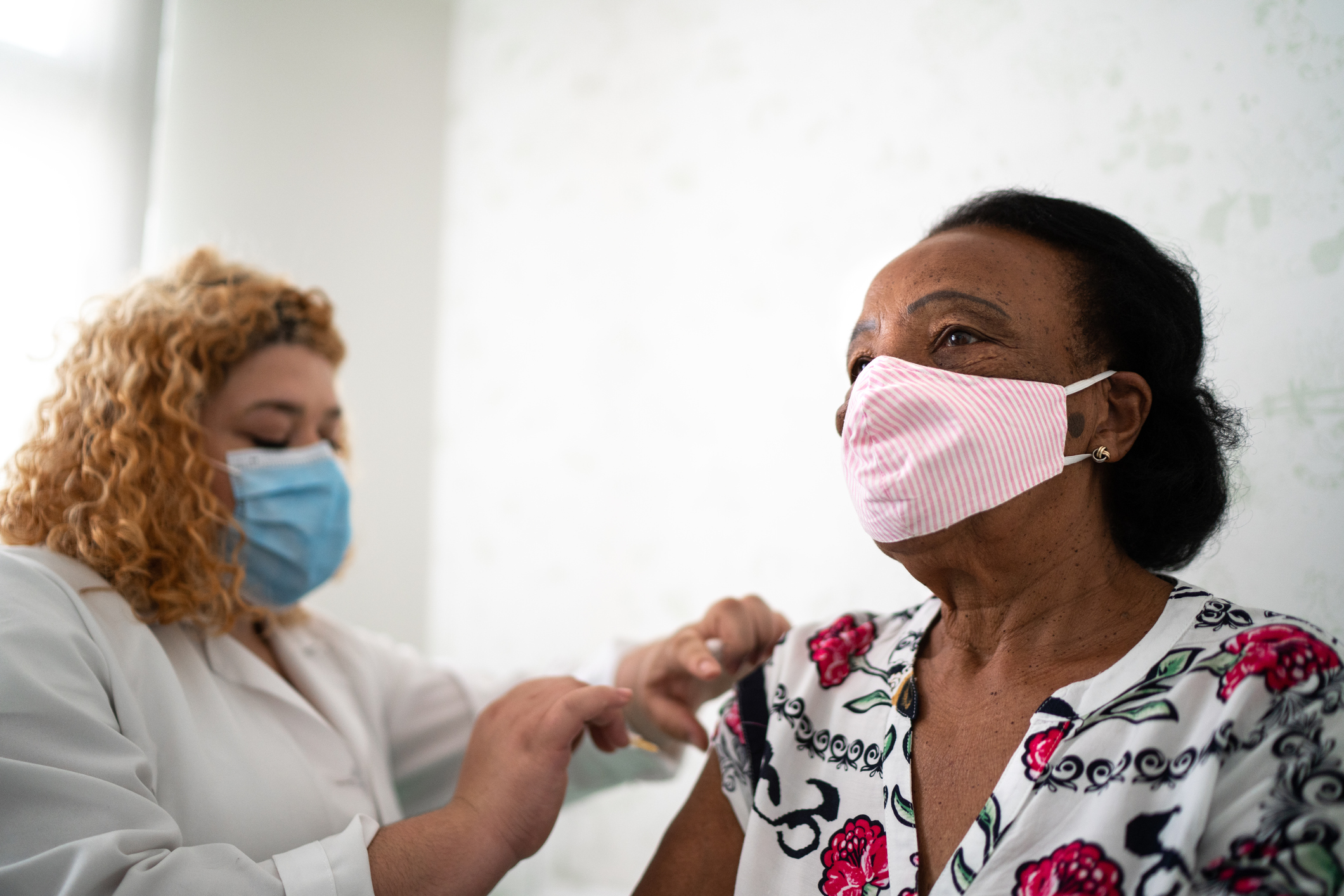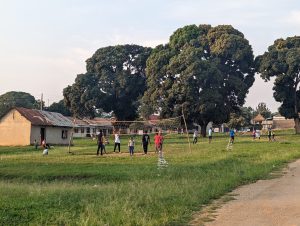While the Pfizer/BioNTech and Moderna COVID-19 vaccines were around 90 percent efficacious in clinical trials, it is not known how effective these vaccines will be once they are rolled out into the general population. Because clinical trials are conducted under ideal circumstances in controlled environments, a vaccine’s efficacy often drops once it is administered to the public. New variants of the virus are also now in the mix, raising the question of whether to vaccinate with currently available vaccines or wait for one with a higher effectiveness against these new variants.
In a study published Tuesday in the American Journal of Preventive Medicine, CUNY SPH Professor Bruce Y. Lee and his colleagues at Public Health Informatics, Computational, Operations Research (PHICOR) developed a computational model that simulated the entire U.S. population, the spread of COVID-19 coronavirus, subsequent outcomes of infection (e.g., symptoms, hospitalizations), the associated costs along the way, and vaccines with different efficacies and vaccination timings.
The model suggests that waiting for a vaccine with a higher efficacy would result in additional cases, hospitalizations, and costs over the course of the pandemic.
For example, if a vaccine with a 50 percent efficacy in preventing infection becomes available when 10 percent of the population has already been infected, waiting until 40 percent are infected for a vaccine with 80 percent efficacy in preventing infection results in 15.6 million additional cases and 1.5 million additional hospitalizations, costing $20.6 billion more in direct medical costs and $12.4 billion more in productivity losses.
“This tells us that there are few situations in which it is worth passing on the first vaccine available to you in favor of a vaccine that becomes available later on, even if that vaccine has a substantially higher efficacy,” Lee says. “Results could help with the vaccine rollout and answer questions such as: is it better to administer a single dose to cover more people rather than the full 2-dose regimen to fewer people?”
Sarah M. Bartsch, Kelly J. O’Shea, Patrick T. Wedlock, Ulrich Strych, Marie C. Ferguson, Maria Elena Bottazzi, Samuel L. Randall, Sheryl S. Siegmund, Sarah N. Cox, Peter J. Hotez, Bruce Y. Lee, The Benefits of Vaccinating With the First Available COVID-19 Coronavirus Vaccine, American Journal of Preventive Medicine, 2021, ISSN 0749-3797




